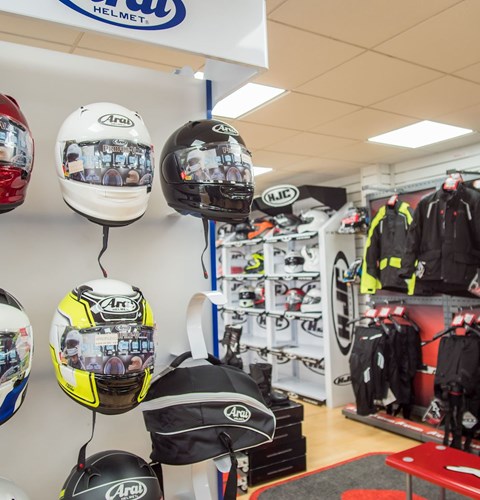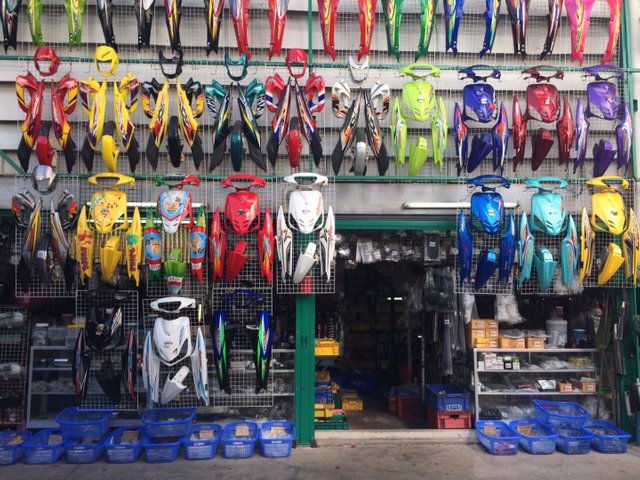Vital Motorcycle Parts NZ for Peak Performance and Security
Vital Motorcycle Parts NZ for Peak Performance and Security
Blog Article
Grasping Motorbike Gears: How to Optimize Your Riding Experience
In the realm of motorcycling, mastering the art of equipment adjustment is critical for boosting your riding efficiency. Appropriately utilizing and understanding bike equipments can considerably impact velocity, control, and gas effectiveness, transforming an ordinary experience into a smooth, thrilling journey. By incorporating specific shift timing and adapting equipment choice to various roadway conditions, riders can make certain ideal engine performance and safety and security. The subtleties of clutch control, throttle coordination, and equipment auto mechanics beckon a much deeper exploration, assuring to unlock the full capacity of your machine. Just how can these methods be harnessed to genuinely optimize your riding experience?
Understanding Gear Mechanics
At the core of bike characteristics, gear mechanics play a pivotal role in transforming engine power right into movement, ultimately determining rate and control. The gear ratios, carefully made, establish the connection between engine changes and wheel turns, influencing velocity and fuel performance.
Recognizing gear mechanics starts with identifying the relevance of the gearbox, which houses numerous equipments of differing dimensions. These gears interact via a process called meshing, where teeth of various gears involve to transfer power. The accuracy of this interaction is important; any imbalance or damage can cause inefficient power transfer, preventing performance. In addition, the plan and dimension of gears affect the motorcycle's ability to deal with various tons and rates.
Furthermore, the principle of gear changing is integral to maximizing performance. Prompt and smooth shifts make sure that the engine runs within its optimal power band, stopping unneeded strain and improving durability (mx gear nz). By comprehending these mechanical ins and outs, cyclists can achieve a harmonious blend of efficiency, control, and power, boosting their riding experience
Timing Your Changes
Change timing proficiency is essential for optimizing motorbike performance and improving the riding experience. Appropriately timed changes make certain that the engine runs within its optimum power band, which is crucial for maintaining control, achieving smooth acceleration, and guaranteeing the durability of the motorbike. Bikers need to establish an user-friendly feeling of when to change equipments, which includes comprehending the connection in between engine transformations per minute (RPM) and speed.
To master change timing, pay attention to the engine's audio and really feel, as these give essential ideas regarding when to alter gears. When the engine comes close to the top range of its power band without reaching the redline, the excellent change factor usually happens - mx gear nz. Changing also early can result in a lack of power, while changing far too late may create unneeded engine strain
Furthermore, roadway conditions and riding design influence shift timing. In comparison, during freeway riding, fewer shifts at higher rates can be extra appropriate.
Enhancing Fuel Efficiency
While understanding motorbike gears is vital for efficiency, improving fuel efficiency is equally essential for both ecological and economic factors. Optimum gas usage not just decreases operational costs but likewise decreases the ecological footprint of riding. To accomplish this, one have to understand the intricate connection in between equipment option and engine efficiency.
Firstly, selecting the best gear at proper rates can significantly impact fuel consumption. Riding in a higher gear at lower speeds can result in engine carrying, which is damaging to both gas economic moto parts nz situation and engine wellness. Alternatively, riding in reduced equipments at high speeds causes unnecessary gas intake. Hence, keeping an optimum equilibrium by changing equipments abreast with roadway problems and prepared for maneuvers is crucial.
Additionally, regular upkeep plays a crucial duty in gas effectiveness. Making sure that the motorbike is well-tuned, with clean air filters and properly blew up tires, can lower and boost the rules of aerodynamics gas waste. Additionally, embracing a riding style that welcomes progressive acceleration and smooth slowdown can contribute to better gas economic climate.

Strategies for Smooth Transitions
Accomplishing smooth equipment shifts is fundamental to improving the riding experience and guaranteeing the long life of a motorcycle's transmission system. Correct gear changing not only adds to a seamless experience but likewise minimizes deterioration on the mechanical components. To grasp the art of smooth changes, bikers have to concentrate on a couple of key methods.

Second of all, clutch control plays a pivotal function. Involving and disengaging the clutch efficiently calls for practice. The clutch lever ought to be launched progressively, enabling a seamless transfer of power from the engine to the wheels without causing a jolt or abrupt motion.

Adapting to Road Conditions
Navigating diverse roadway problems is a critical ability for any kind of motorcyclist intending to preserve control and security. Whether you're riding on wet surfaces, gravel roadways, or browsing doglegs, your capability to adapt your gear use and riding strategy is vital. Comprehending exactly how to adjust your equipments suitably can substantially affect traction and stability, making certain a more secure journey.
On wet roadways, it is suggested to preserve higher equipments to minimize torque and lessen wheel spin. This method aids keep hold on slippery surfaces, permitting for smoother acceleration and deceleration. On the other hand, when riding on gravel or uneven surface, lower equipments are more effective. Lower equipments offer better control and enable you to respond even more swiftly to unanticipated modifications in the road surface area.
Sharp contours demand specific gear administration to balance speed and control. Downshifting prior to going into a contour can help keep momentum while making sure the bike stays secure throughout the turn. Consistent technique in varied conditions boosts your ability to anticipate and react to adjustments in road structure and slope.
Conclusion
Grasping bike gears substantially boosts the riding experience by improving gas, control, and velocity effectiveness. A detailed understanding of gear mechanics and exact change timing ensures the engine operates within its ideal power band, while smooth shifts via reliable clutch and throttle coordination increase comfort and performance. Adjusting equipment option to numerous road conditions, such as utilizing greater equipments on damp surfaces and lower gears on gravel, further improves handling and security. Eventually, these skills raise the general journey.
Recognizing gear mechanics begins with identifying the relevance of the gearbox, which houses several gears of differing dimensions. These gears interact through a procedure recognized as meshing, where teeth of various gears engage to send power (motorcycle shop). Mild adjustments to the throttle during equipment changes can protect against jerky movements and maintain a constant riding speed
Whether you're riding on wet surfaces, gravel roadways, or browsing sharp turns, your ability to adjust your equipment use and riding strategy is paramount. Adapting equipment selection to numerous roadway conditions, such as making use of higher equipments on wet surface areas and lower equipments on gravel, more enhances handling and safety and security.
Report this page